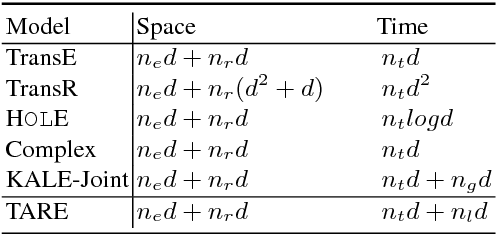Mengya Wang
BASM: A Bottom-up Adaptive Spatiotemporal Model for Online Food Ordering Service
Nov 22, 2022Abstract:Online Food Ordering Service (OFOS) is a popular location-based service that helps people to order what you want. Compared with traditional e-commerce recommendation systems, users' interests may be diverse under different spatiotemporal contexts, leading to various spatiotemporal data distribution, which limits the fitting capacity of the model. However, numerous current works simply mix all samples to train a set of model parameters, which makes it difficult to capture the diversity in different spatiotemporal contexts. Therefore, we address this challenge by proposing a Bottom-up Adaptive Spatiotemporal Model(BASM) to adaptively fit the spatiotemporal data distribution, which further improve the fitting capability of the model. Specifically, a spatiotemporal-aware embedding layer performs weight adaptation on field granularity in feature embedding, to achieve the purpose of dynamically perceiving spatiotemporal contexts. Meanwhile, we propose a spatiotemporal semantic transformation layer to explicitly convert the concatenated input of the raw semantic to spatiotemporal semantic, which can further enhance the semantic representation under different spatiotemporal contexts. Furthermore, we introduce a novel spatiotemporal adaptive bias tower to capture diverse spatiotemporal bias, reducing the difficulty to model spatiotemporal distinction. To further verify the effectiveness of BASM, we also novelly propose two new metrics, Time-period-wise AUC (TAUC) and City-wise AUC (CAUC). Extensive offline evaluations on public and industrial datasets are conducted to demonstrate the effectiveness of our proposed modle. The online A/B experiment also further illustrates the practicability of the model online service. This proposed method has now been implemented on the Ele.me, a major online food ordering platform in China, serving more than 100 million online users.
Embedding Knowledge Graphs Based on Transitivity and Antisymmetry of Rules
Apr 19, 2017



Abstract:Representation learning of knowledge graphs encodes entities and relation types into a continuous low-dimensional vector space, learns embeddings of entities and relation types. Most existing methods only concentrate on knowledge triples, ignoring logic rules which contain rich background knowledge. Although there has been some work aiming at leveraging both knowledge triples and logic rules, they ignore the transitivity and antisymmetry of logic rules. In this paper, we propose a novel approach to learn knowledge representations with entities and ordered relations in knowledges and logic rules. The key idea is to integrate knowledge triples and logic rules, and approximately order the relation types in logic rules to utilize the transitivity and antisymmetry of logic rules. All entries of the embeddings of relation types are constrained to be non-negative. We translate the general constrained optimization problem into an unconstrained optimization problem to solve the non-negative matrix factorization. Experimental results show that our model significantly outperforms other baselines on knowledge graph completion task. It indicates that our model is capable of capturing the transitivity and antisymmetry information, which is significant when learning embeddings of knowledge graphs.
 Add to Chrome
Add to Chrome Add to Firefox
Add to Firefox Add to Edge
Add to Edge